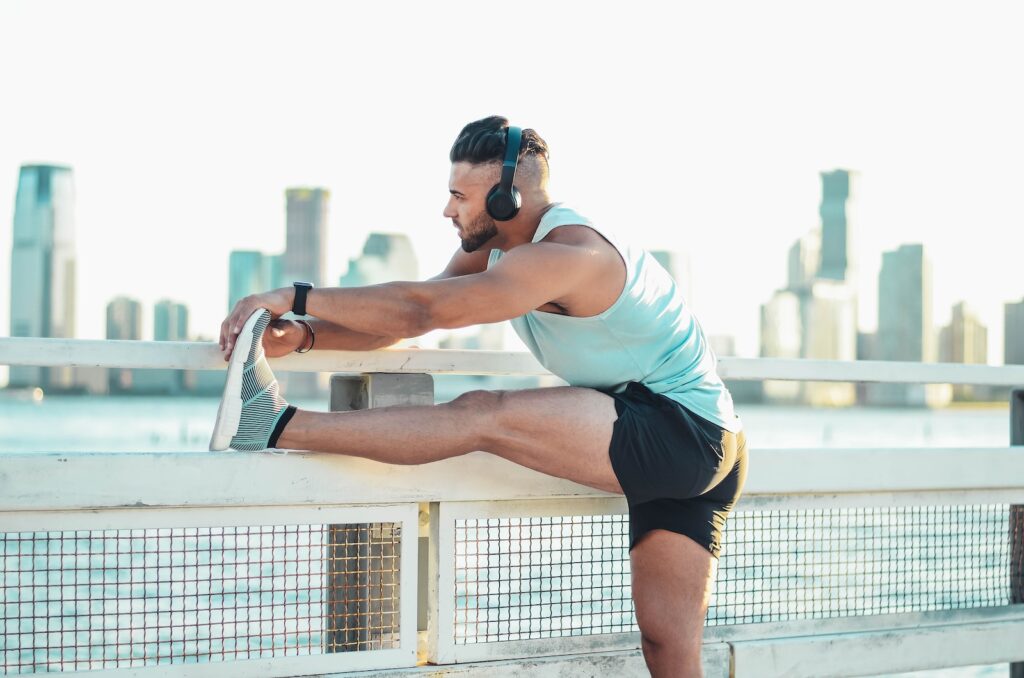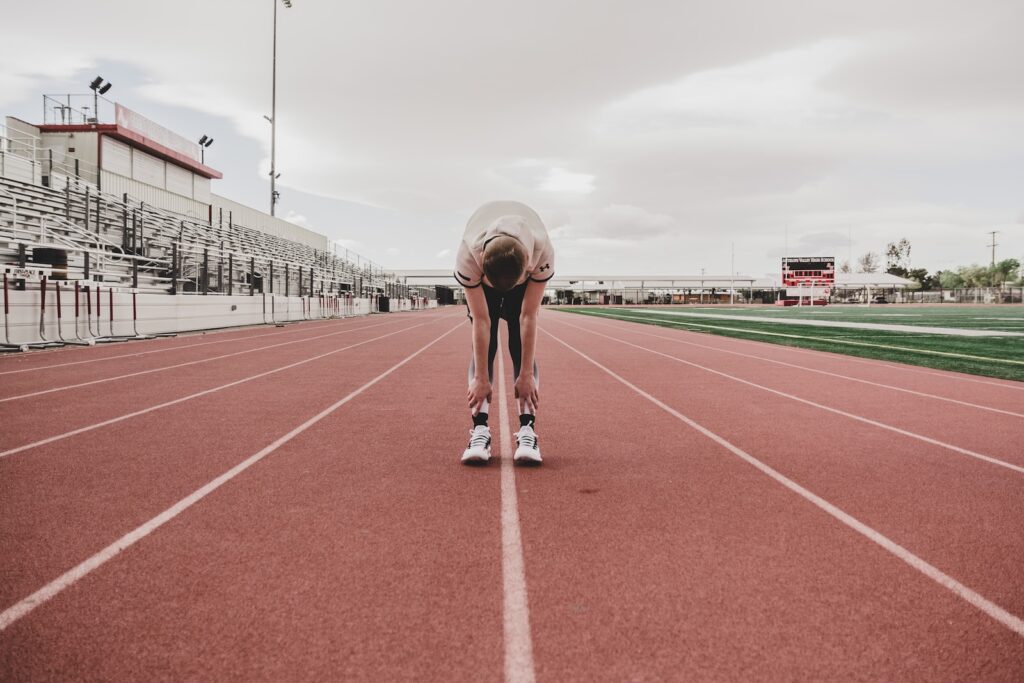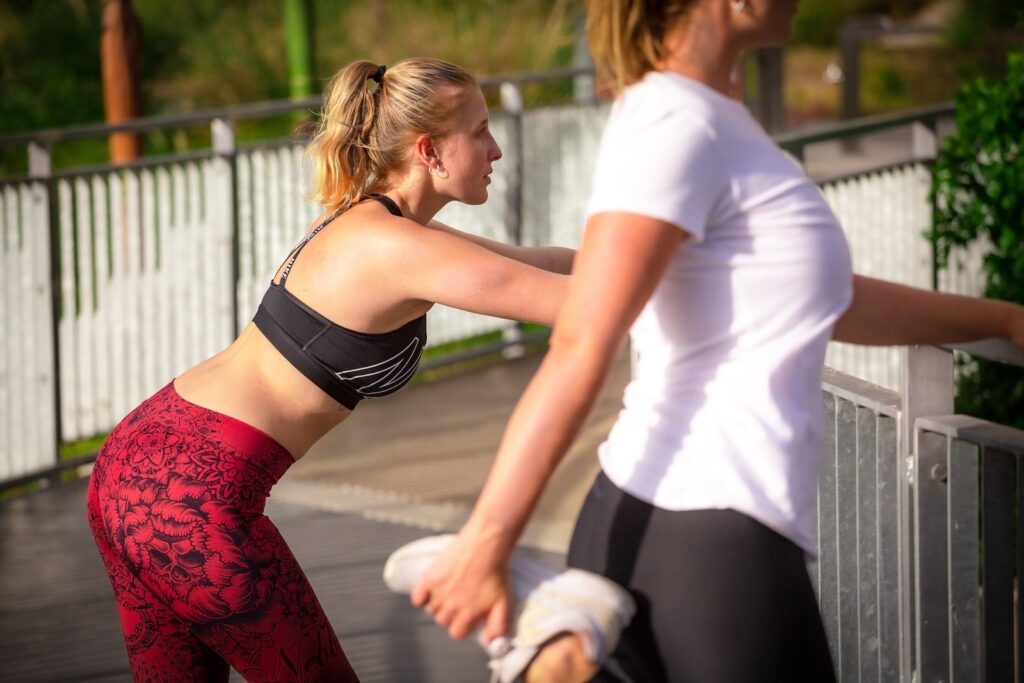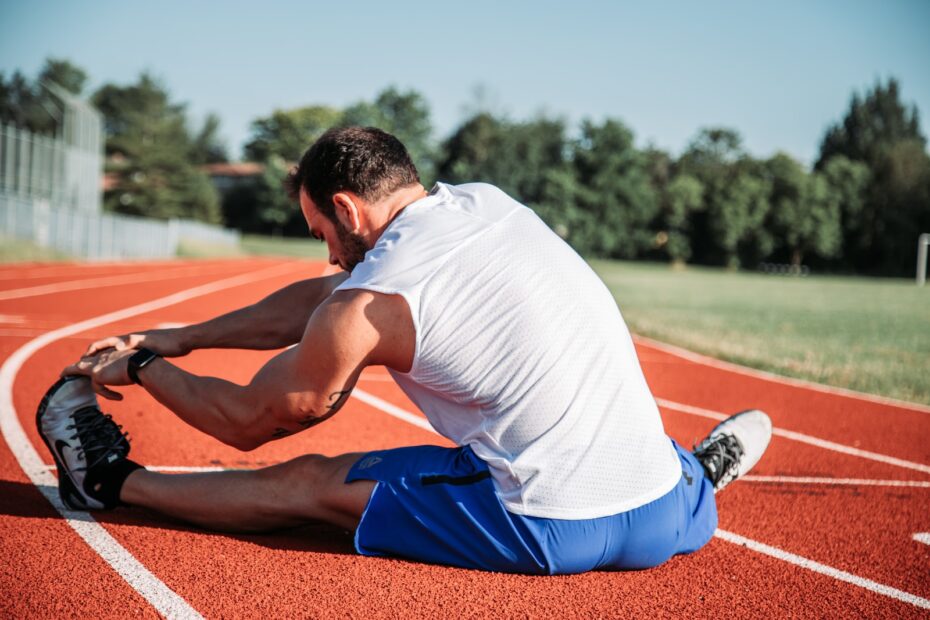As an athlete, you know that taking care of your body is essential to achieving peak performance. Stretching is one of the most important activities an athlete can do to keep their body in top condition. In this blog post, we’ll discuss the benefits of stretching for athletes, and how it can help you take your game to the next level.
Whether you’re looking to improve your flexibility, reduce the risk of injury, or just feel better on the playing field, stretching is a great way to reach your goals. Not only does it increase the range of motion in your muscles, but it also helps to improve circulation and reduce stress. With regular stretching, you’ll be able to perform at your best and stay injury free.
Why is Stretching So Important?
As an athlete, stretching is an important part of your routine only does it help prevent injuries, but it also increases your range of motion and flexibility, allowing you to perform at your peak. Imagine how it feels to be able to move your body freely and without restriction—a feeling that can only be achieved by regular stretching.
Even a few minutes of stretching each day can make a huge impact on your performance and overall well-being. This is why stretching is a valuable habit for any athlete. To get the most out of your stretching routine, it is important to focus on correct technique and form. With this in mind, let’s take a look at some key stretching tips to help you maximize your performance.

Types of Stretches
Stretching is a powerful tool that can help athletes reach their goals, and there are a variety of types to choose from. From dynamic stretching to foam rolling, there are ways to target any muscle group and create a routine customized to individual needs.
As athletes explore different stretching techniques, they’ll find that engaging in regular stretching can help them reach their fitness goals faster and more effectively. With the right stretching routine, athletes can unlock their potential and reach peak performance. Now let’s take a look at the different types of stretches so you can find the best one for you.
Static Stretching
The power of static stretching is undeniable. It has been used to improve flexibility, reduce muscle tension, and improve athletic performance for centuries. Imagine a graceful ballerina stretching her limbs before a performance, or a boxer flexing and loosening his muscles before a fight. These are examples of static stretching in action, and it can benefit anyone regardless of their athleticism.
It’s a simple yet effective way to prepare your body for any physical activity, and it doesn’t require any special equipment or expertise. By taking the time to stretch your muscles before you begin any strenuous activities, you can help your body reach its peak performance and reduce the risk of injury. So take a few moments to be mindful of your body, and give static stretching a try. You’ll be glad you did.
Dynamic Stretching
Catching your breath after a grueling workout, you look around for the best way to ease your aching muscles. You could just stand around and wait for the stiffness to pass, or you could try something more active: dynamic stretching. This type of stretching combines movement with stretching to improve your flexibility and range of motion, while also increasing blood flow to the muscles and helping to reduce injury risk.
Picture yourself taking a leisurely jog and then alternating between lunges and arm circles to stretch out your calves, quads, and shoulders. With each lunge and swing of the arms, you can feel the tension in your muscles melting away and your body becoming more limber and agile.
As you finish your dynamic stretching routine, you can feel an invigorating sense of power radiating throughout your body. Ready to take on your next challenge? Let’s move on to the next section to learn more about the benefits of dynamic stretching.

The Benefits of Stretching for Athletes
Stretching is an essential part of any athlete’s routine, but many athletes don’t understand the full range of benefits that it can provide. From increased flexibility and improved performance to enhanced recovery and reduced risk of injury, stretching is one of the most effective ways to optimize physical and mental performance and maintain a healthy body.
we’ll now explore the science behind stretching and provide a comprehensive overview of the benefits it can provide for athletes.
Increased Flexibility
Stretching helps to increase flexibility, which can be beneficial for athletes in a variety of ways. Improved flexibility can help athletes move more efficiently, improve their range of motion, and increase their power and speed. Stretching can also help to prevent injuries by improving joint range of motion and reducing stress on the muscles and other tissues.
By stretching regularly, athletes can improve their flexibility and range of motion and become more agile and powerful. This can help them to perform better and reduce the risk of injury.

Improved Performance
Stretching can also help to improve athletic performance. Regular stretching can increase blood flow to the muscles, which can help to improve endurance and reduce fatigue. This can help athletes to push themselves further and perform at their highest levels for longer.
Additionally, stretching can help to improve coordination and balance, which can be beneficial for any sport that requires a high degree of coordination or agility. By improving coordination and balance, athletes can move more efficiently and perform better.
Enhanced Recovery
Stretching can also help to enhance recovery after intense physical activity, such as strenuous workouts or competitions. By stretching after physical activity, athletes can reduce muscle soreness and stiffness and improve their range of motion. This can help them to recover more quickly and be ready for the next activity.
Additionally, stretching can help to reduce the risk of injury by improving flexibility and range of motion. Stretching can help to reduce stress on the muscles and other tissues, which can help to reduce the risk of injury.
Reduced Risk of Injury
Finally, stretching can help to reduce the risk of injury. By improving flexibility and range of motion, stretching can help to reduce stress on the muscles and other tissues. This can help to reduce the risk of injuries, such as muscle strains, pulls, and tears.
Additionally, stretching can help to improve coordination and balance, which can help to reduce the risk of falls and other accidents. By improving coordination and balance, athletes can move more efficiently and reduce their risk of injury.

Reduced Muscle Soreness & DOMS
stretching can make all the difference in reducing the muscle soreness and delayed onset muscle soreness (DOMS) that can follow a strenuous workout. The process of stretching helps to lengthen and relax tight muscles, allowing the body to recover faster and prepare for the next workout.
By stretching regularly, you can avoid painful discomfort and gain the full benefit of your exercise program. With a few simple stretches, you can improve your performance and reduce your recovery time. Transition: Now that you understand the benefits of stretching, let’s explore the best stretching practices for optimal results.
Conclusion
Stretching is an essential part of any athlete’s routine, with a range of physical and mental benefits. It can increase flexibility, improve performance, enhance recovery, and reduce the risk of injury. By stretching regularly, athletes can optimize their physical and mental performance and maintain a healthy body.
Takeaway: Regular stretching can help athletes to improve their performance, enhance recovery, and reduce the risk of injury. By incorporating stretching into their routine, athletes can optimize their physical and mental performance and maintain a healthy body.
